Dynamic Energy and Mass Budgets in Biological Systems
The Dynamic Energy Budget theory unifies the commonalties between organisms, as prescribed by the implications of energetics, and links different levels of biological organisation (cells, organisms and populations). The theory presents simple mechanistic rules that describe the uptake and use of energy and nutrients and the consequences for physiological organization throughout an organism's life cycle. All living organisms are covered in a single quantitative framework, the predictions of which are tested against a variety of experimental results at a range of levels of organisation. The theory explains many general observations, such as the body size scaling relationships of certain physiological traits, and provides a theoretical underpinning to the method of indirect calorimetry. In each case, the theory is developed in elementary mathematical terms, but a more detailed discussion of the methodological aspects of mathematical modelling is also included.
{{comment.content}}
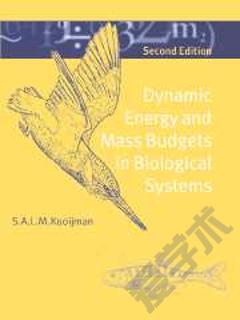
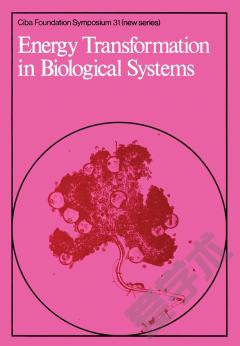
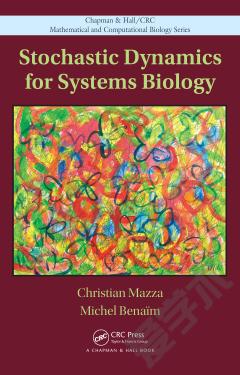


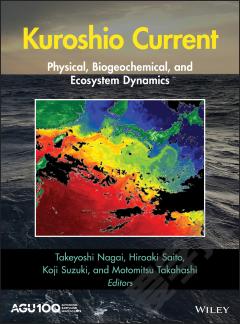
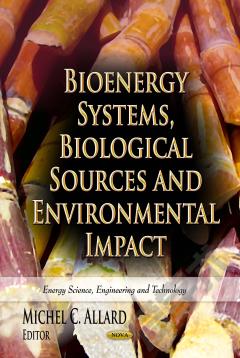

 京公网安备 11010802027623号
京公网安备 11010802027623号